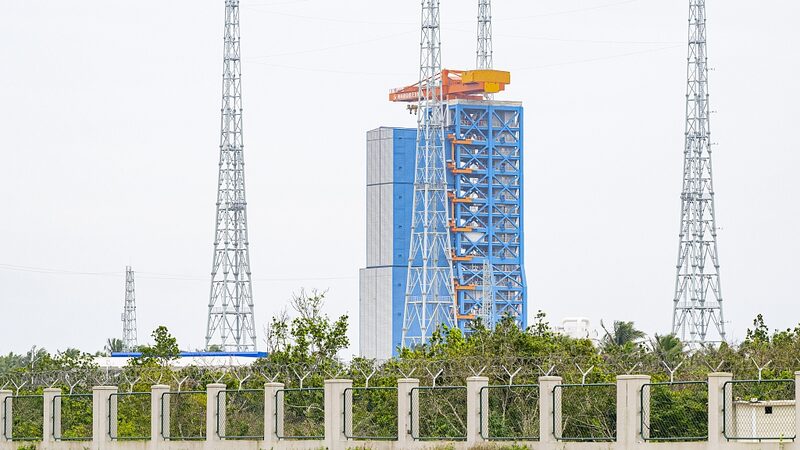A commercial spaceport launch site in south China's Hainan Province has taken a giant leap in space technology by deploying an innovative high-pressure water spray system. This cutting-edge cooling mechanism not only protects vital equipment during launches but also significantly reduces noise, setting new standards for commercial spaceflight.
At 12:38 a.m. on Wednesday, the No. 1 launch pad made its debut by sending 18 low Earth orbit satellites into space aboard a Long March-8 Y6 carrier rocket. This successful mission highlights the dual-pad operational readiness of China's first commercial spaceport, following the inaugural launch from the No. 2 pad on November 30, 2024.
The advanced cooling system is a game changer for launch efficiency. Engineered with a modular steel structure, the system utilizes a high-pressure water jet that doubles the performance of traditional methods. Unique to this design, three 300-cubic-meter storage tanks—one filled with 300 tonnes of water and two containing high-pressure gas—work in tandem. The high-pressure gas forces water through underground conduits into a deflector device that cools the launch pad and minimizes the 3,000-degree Celsius heat of rocket exhaust.
Engineer Zhang Guodong from the China Aerospace Science and Technology Corporation explained, "This is the first time we have applied a high-pressure water spray system with double the pressure of traditional systems. The ground-based setup not only cools effectively but also aids in noise reduction by 10 decibels, ensuring rapid recovery of the launch tower."
This breakthrough ensures that the launch pad can support a rapid seven-day launch and reset cycle, a critical advancement to meet the rising demand for space missions. With this innovation, the commercial spaceport is poised to make a lasting impact on the future of space exploration, offering enhanced safety and efficiency for both future launches and satellite deployments.
Reference(s):
Chinese commercial spaceport deploys innovative cooling system
cgtn.com




